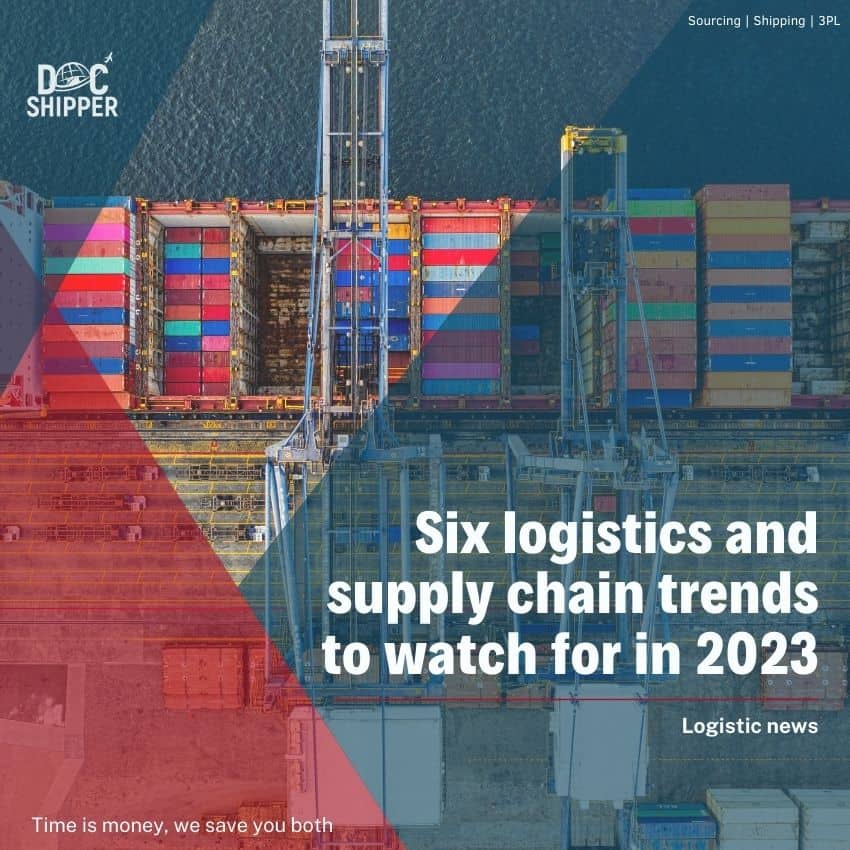Global supply chains continue to be impacted by challenges associated with the COVID-19 pandemic, including delays and disruptions. Many CEOs today see supply chain disruptions as the biggest threat to their company's growth and their country's economy. Companies must redesign and manage their supply chains to ensure business continuity and future growth. The geopolitical environment has a big impact on the global supply chain. Geopolitical issues, particularly those related to technology, have existed for a long time. Semiconductors, which primarily originate in China, are the major technology that has been at the center of this controversy. The problem is a result of the sanctions the US has placed on the industry. Not just in the US, but all throughout the world, these moves have made it more difficult to make electronic items.
Supply networks can occasionally be opaque due to geopolitical concerns as well. Even within the same supply chain, this is the case between stakeholders. The many bottlenecks that can develop in the supply chain itself are therefore far more difficult to pinpoint.
We will highlight major developments that will have an impact on supply chain planning across industries and regions in this article, as well as important methods that firms may use to determine their readiness to improve efficiency and cost-benefit ratios.
Looking at research and analysis combining economic, demographic, and industry insight, six significant trends have emerged for 2023.



